Making egg tagliatelle, or any other fresh home-made egg pasta is not difficult or mysterious, and it doesn’t even take much time. The taste, however, makes it well-worth the minimal effort!
There really is nothing like a delicious plate of home-made pasta. The texture, the taste, the satisfaction of having made it yourself … no other pasta will ever taste as good as the one you’ve made yourself!
As you will see from my recipe below, this really doesn’t take much time or effort. Below, I will describe all the steps needed to make home-made egg tagliatelle, but this recipe will work for any home-made egg pasta.
For lasagne sheets, for example, simply skip the final ribbon-cutting shape with the tagliatelle-making attachment. Instead, cut the sheets to the size you need for your lasagne dish, with a knife.
For pappardelle, gently fold the sheets of pasta, then hand-cut the wide ribbons with a knife.
For tortellini and cappelleti, cut even-sized squares or circles, add the filling and shape them manually (this will require a separate blog post, where I can show you how to shape them! Coming up soon!).
A note about equipment
There are still amazingly talented Italian nonne (grandmothers) out there who manage to roll their pasta super-thin by hand. I am not a nonna yet, but I also know my limitations. Besides, why make your life harder when you an achieve a delicious (often better, unless you’re really good at spending ages rolling dough out to a perfectly even and thin layer!) result with a simple hand-operated pasta-making machine?
I bought my old Imperia pasta-maker about 30 years ago, either while I was still at Uni or just afterwards. It has served me very well over the years and, considering the ease, taste and relatively lower cost of making your own pasta vs buying it in the shops, investing in such a machine is a no-brainer. To make tagliatelle, you will need to ensure you buy one with a tagliatelle cutting attachment. This comes as standard with many models. Alternatively, you can gently fold your pasta sheets once you have rolled them out with the pasta maker, and hand-cut the ribbons that way. This is how to make pappardelle, by the way – just wider strips than tagliatelle!
A note about ingredients
Typically, egg pasta such as tagliatelle, lasagne sheets and pappardelle is made with Italian 00 flour – a very fine wheat flour. I have found, however, that when making pasta at home, I achieve a better texture (with the kind of ‘al dente’ bite you would expect of any self-respecting pasta) by using ground durum wheat semolina flour (semola rimacinata), which you can buy from most Italian Delis in-store or online. I’ve been using Divella semola rimacinata, and it has never let me down. If you want to use a wheat flour, then either buy 00 flour from a supplier of Italian ingredients, or you can substitute this with strong bread flour for the purposes of pasta-making.
Ingredients – per person
Note: I generally allow 100g of flour per person (except for my own portion of just 50g as I can’t manage bigger portions since my 2019 weight loss surgery). If you want to be more generous, and particularly if you are serving your pasta as the only course in a meal, perhaps with a light sauce, such as a simple tomato-based sauce without meat, you may want to increase this to 150g per person.
If you make more than you need (e.g. I made pasta with 100g of flour today, but will only eat half), leave the extra pasta to dry on a tea-towel, dusted with durum wheat semolina (you could use the finely-ground variety used in the dough, but I prefer to use the coarser grain that you tend to use for traditional durum wheat pasta such as spaghetti, orecchiette etc, for this purpose). Once dry, it will keep very well in an airtight container, if you can resist cooking it at the next available meal!
- 100g semola rimacinata flour (see “a note about ingredients”, above)
- 1 large egg (please note that humidity in the room, the particular qualities of the flour you’re using, not to mention natural differences in egg sizes, can mean that you end up having to either add a little flour, or, if the dough ends up too dry to hold its shape, a very small amount of warm water)
Method
Place the dough on a work surface (wood is best, if you have a large chopping board or wooden pasta table/board available, but you can use any kitchen worktop, if not) and make a well in the middle. Place the egg(s) into the well and begin whisking them lightly with a fork to break them up, then gradually bring in a little flour as you do. Once the mixture becomes too thick and sticky to continue with the fork, continue by hand until you have a dough.
Keep kneeding the dough for a few minutes, until it is bouncy, smooth and a little elastic, then wrap it in clingfilm and leave it to rest for at least 10 minutes – 20 to 30 minutes if you have time.
While the egg pasta dough is resting, secure your pasta maker to your work surface and attach the tagliatelle cutter attachment.
Once the dough has rested, cut off a small piece, about the size of a small fist (wrap the rest back in the clingfilm so it doesn’t dry out), flatten it out slightly by hand, then feed it through the pasta maker (see “a note about equipment”, above) on the widest roller setting. Take the resulting thick sheet of dough and fold it three ways so it becomes smaller, and feed it through the machine on the same (widest) roller setting again. Repeat the process a few times, until you have a fairly even rectangle of smooth and elastic dough to work with, then start feeding it through progressively thinner roller settings. Do not skip any settings or you’ll risk tearing the dough!
Important note: You only do the folding operation at the initial stage, when feeding the dough through the widest roller setting. After that, you feed the increasingly thin and long sheet through each roller setting ONCE only, before resetting the rollers to the next setting and feeding it through again, until you have reached the thinnest one (if you are using 00 or other wheat flour rather than durum wheat semolina rimacinata, you may want to stop at the 2nd thinnest setting instead of the thinnest).
If, at any stage, you feel the dough is sticking to the pasta-maker, coat it in a little durum wheat semolina (or semolina rimacinata).
Once you have your thin sheet of dough, you can feed this through the tagliatelle cutter part of the pasta maker to cut the ribbons. The ribbons may stick together a little, so dust them with a little durum wheat semolina or semola rimacinata as you very gently/carefully lift them and reposition them so they separate.
Either cook the fresh egg tagliatelle immediately by dropping them into generously salted (like the mediterranean sea!) boiling water, or set them aside on a tea-towel until you are ready to cook them. As the tagliatelle are fresh, they will cook very quickly, in about one minute or so! Check them by tasting one after a minute and until you are happy with the cooking stage, to avoid over-cooking them and undoing your efforts in making them in the first place. If you leave the tagliatelle to dry, they will take a little longer, but in any case, tagliatelle are a type of pasta that only ever needs a few minutes to cook.
Home-made egg tagliatelle | home-made egg pasta – Gloriously Simple, Gloriously Good!
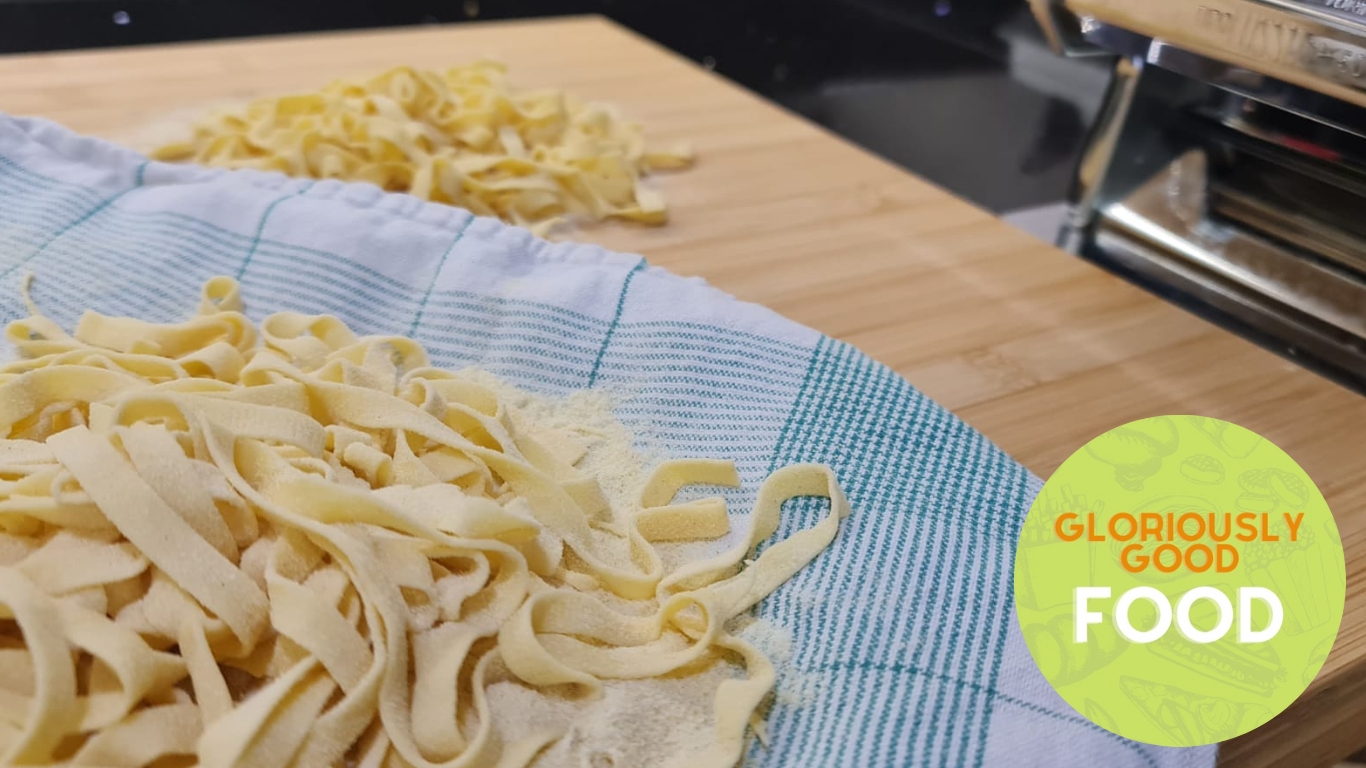

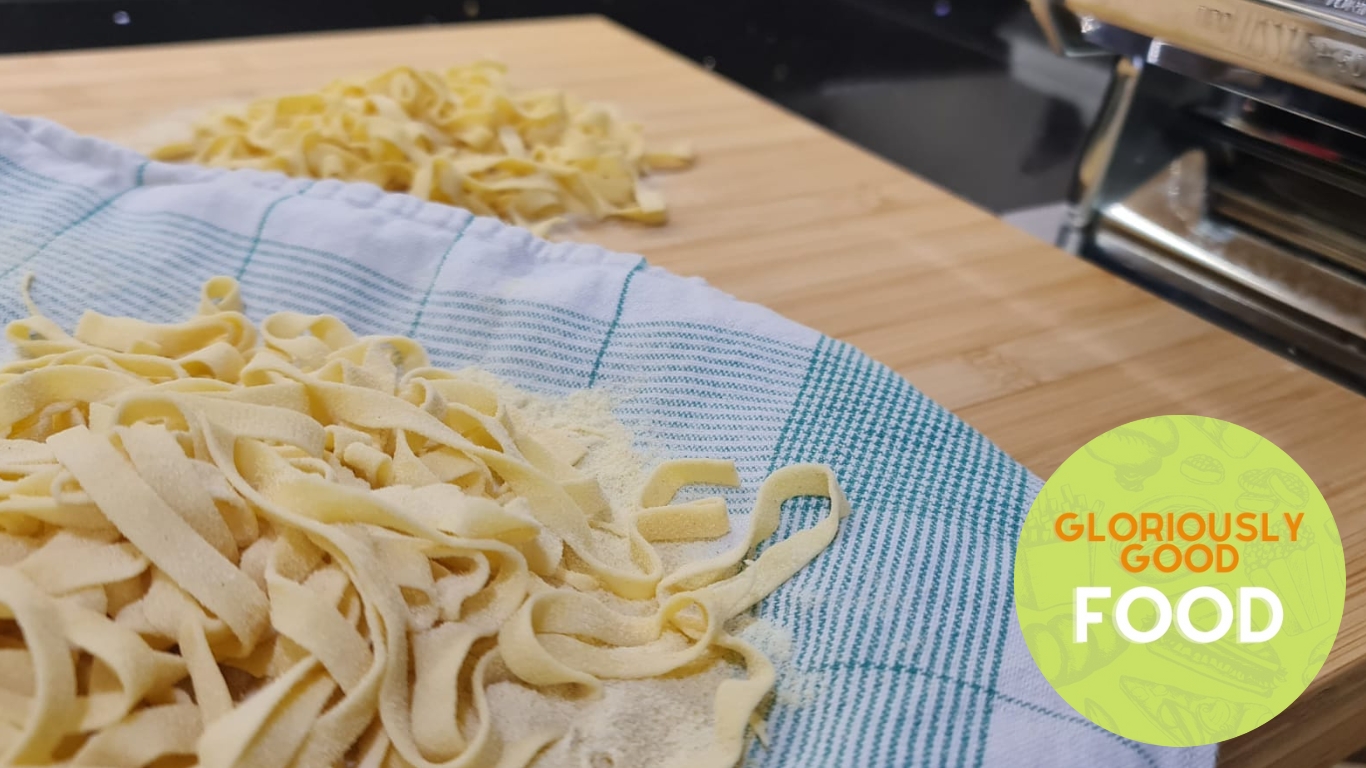
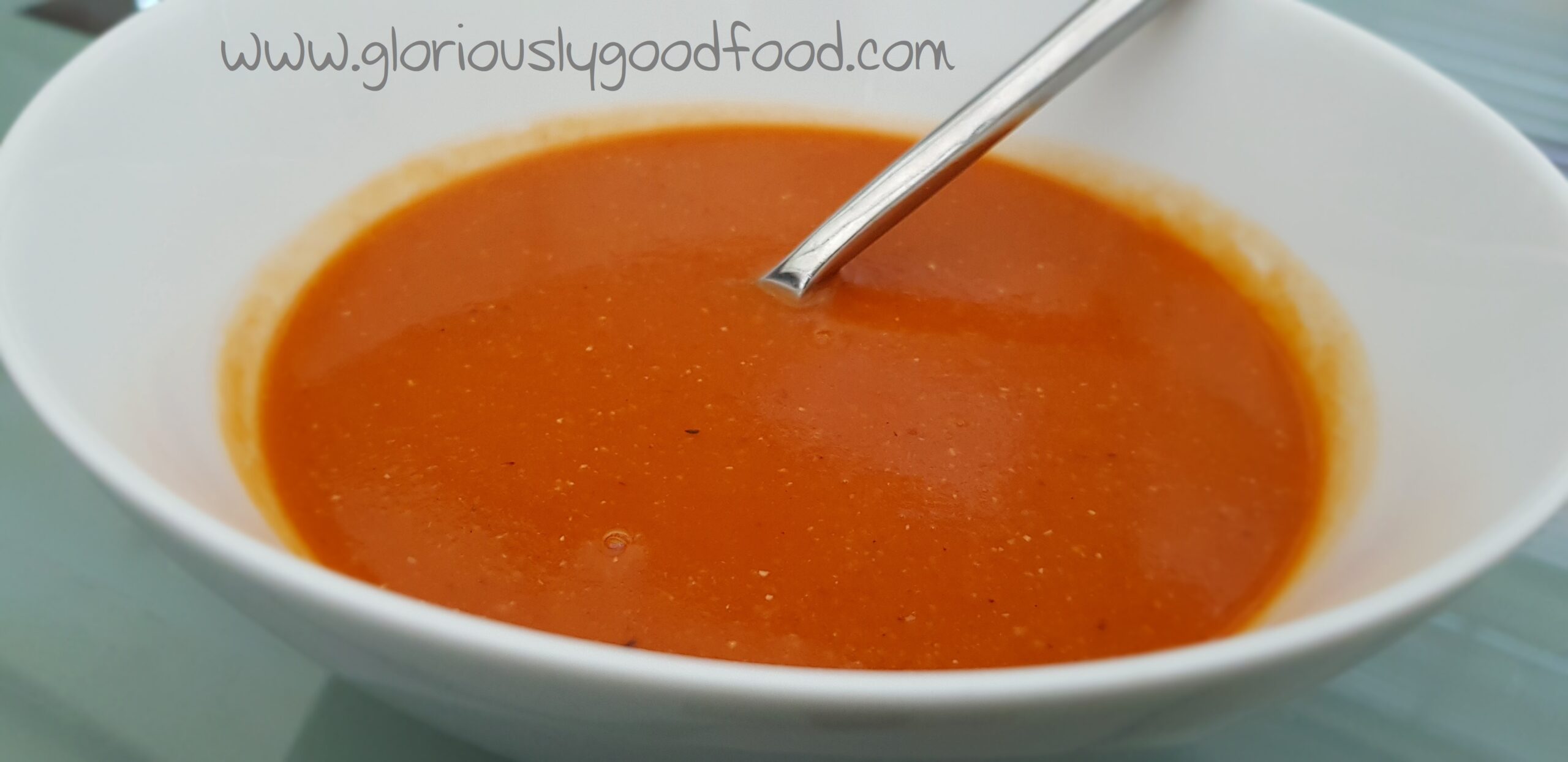
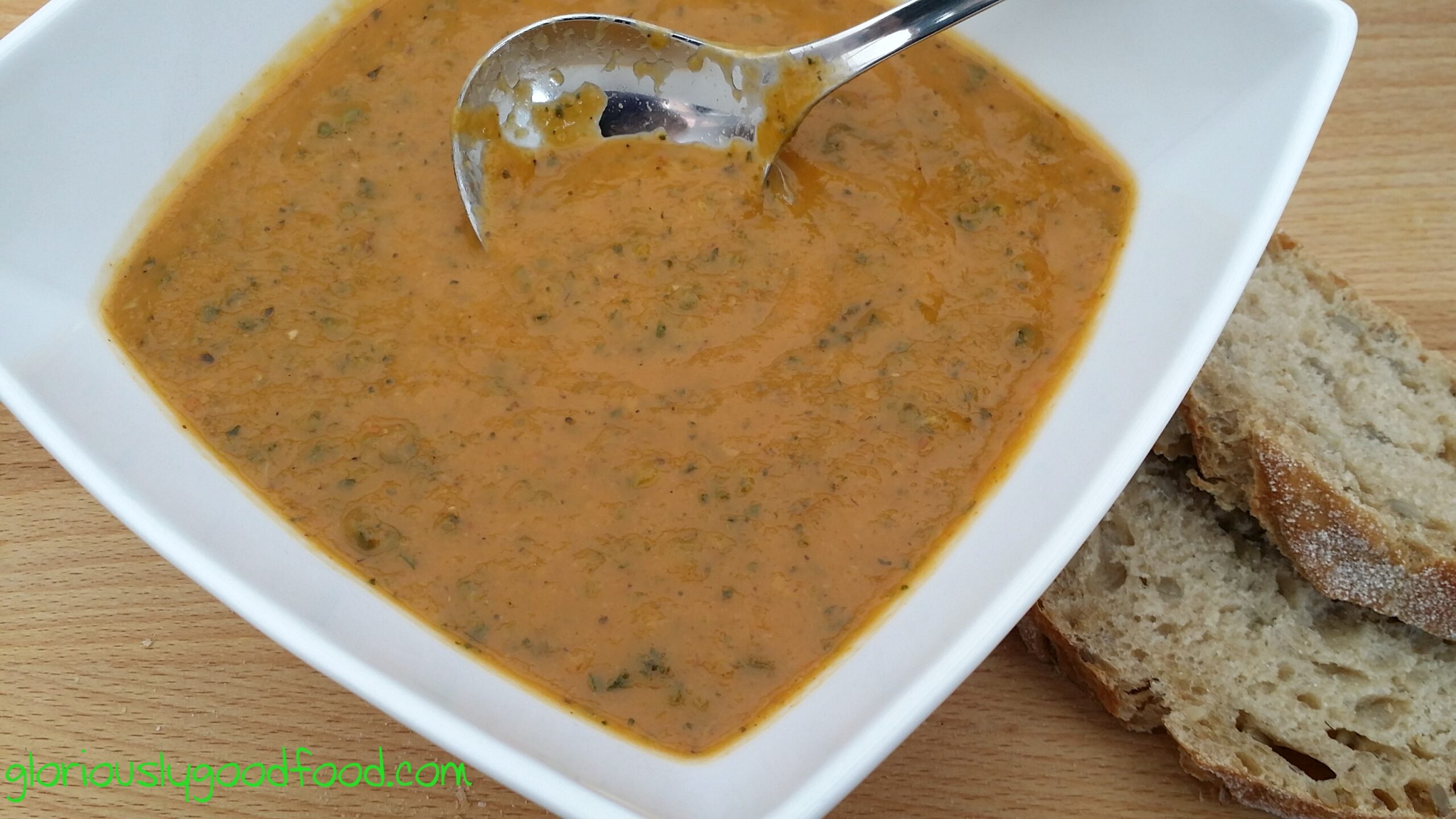
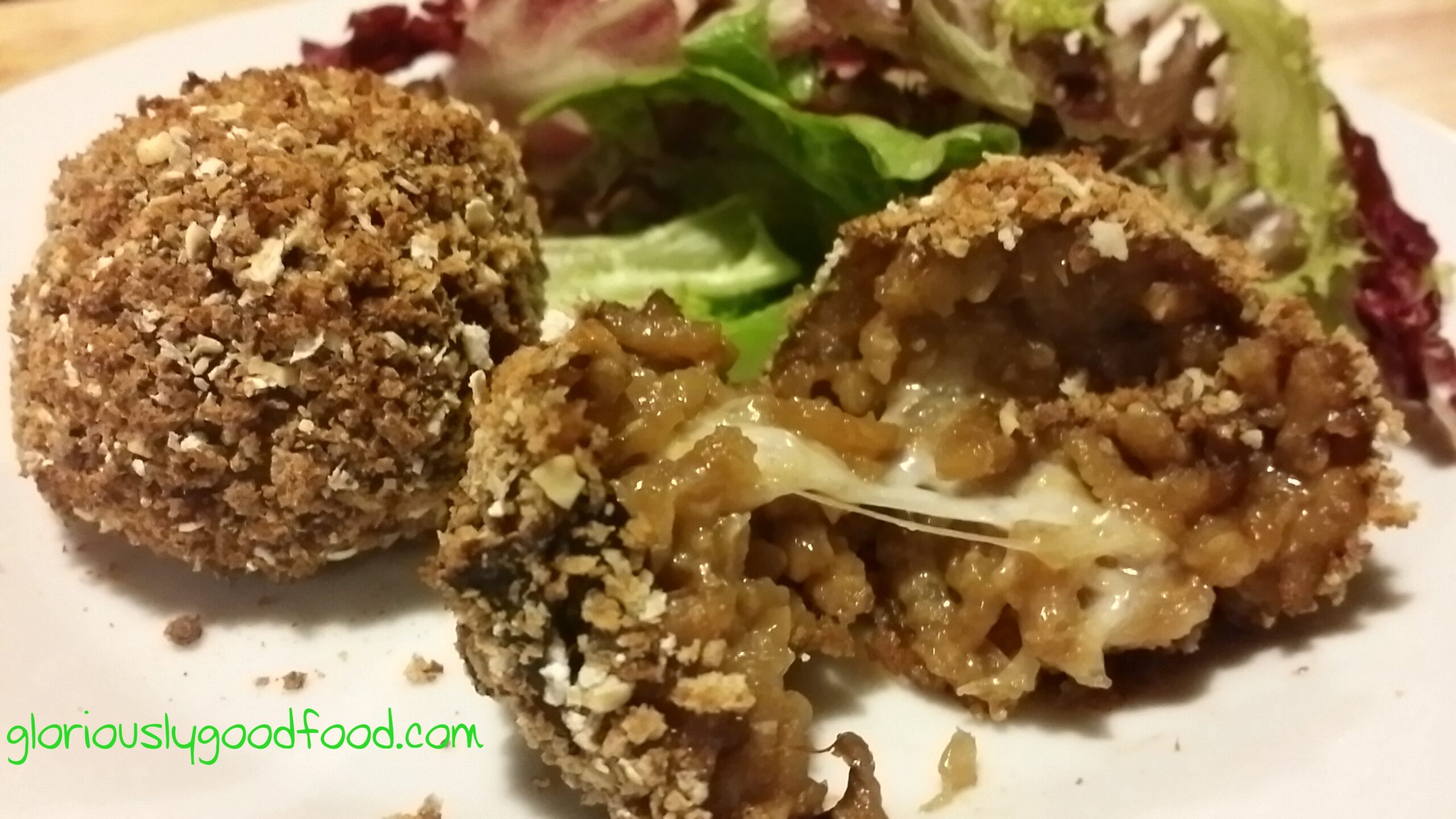
[…] quality shell-on prawns. Instead of tagliatelle, you could also use spaghetti or fettuccine. See my home-made egg tagliatelle recipe if you want to make your […]
[…] quality shell-on prawns. Instead of tagliatelle, you could also use spaghetti or fettuccine. See my home-made egg tagliatelle recipe if you want to make your […]
[…] quality shell-on prawns. Instead of tagliatelle, you could also use spaghetti or fettuccine. See my home-made egg tagliatelle recipe if you want to make your […]